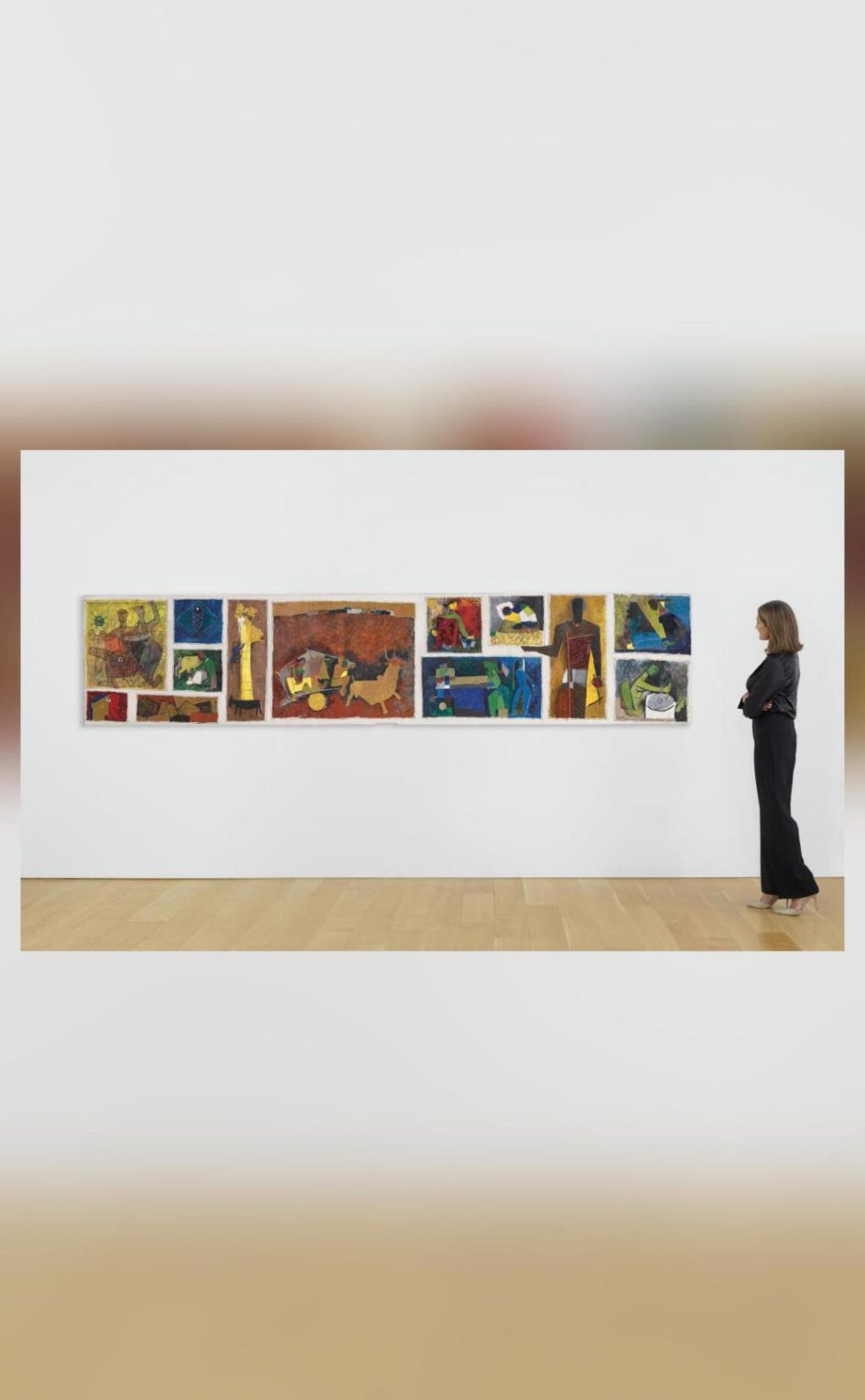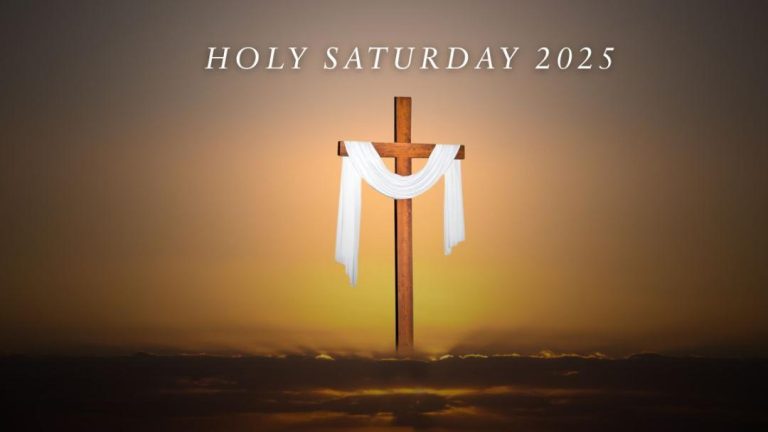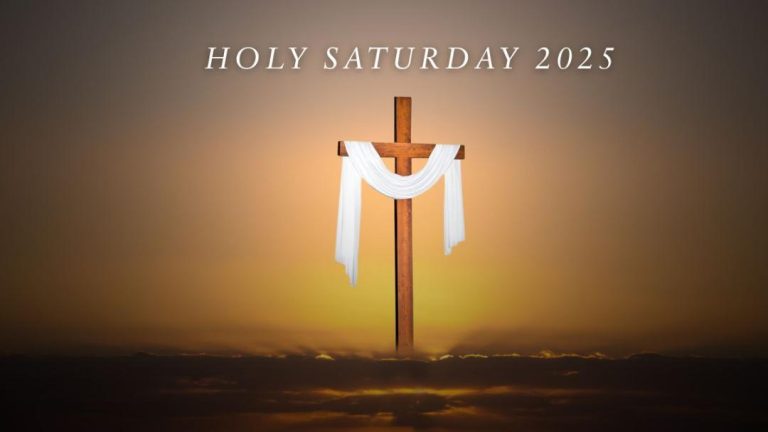
How did India’s most expensive artwork, by MF Husain, reach a Norway hospital?
In a fascinating tale of art, history, and philanthropy, the late Indian artist MF Husain’s painting “Untitled (Gram Yatra)” has reached a remarkable milestone – it is now India’s most expensive artwork, selling at a staggering ₹118 crore at a Christie’s auction. But what’s even more intriguing is the journey this artwork has taken before reaching the coveted spot. From being purchased by a Norway-based surgeon in 1954 to being donated to an Oslo hospital in 1964, the painting’s odyssey is a testament to the power of art and its ability to transcend borders and boundaries.
The journey of “Untitled (Gram Yatra)” begins in 1954 when Dr. LE Volodarsky, a Norway-based surgeon, purchased the painting directly from MF Husain himself. At the time, Volodarsky was a young doctor who had just moved to Oslo, and Husain was still an emerging artist in India. The two men met through mutual acquaintances, and Volodarsky was drawn to Husain’s unique style, which blended traditional Indian art forms with modernist influences.
Volodarsky, who was deeply passionate about art, saw something special in Husain’s work and decided to invest in the young artist. He bought “Untitled (Gram Yatra)” from Husain, and the painting became a part of his personal collection. For the next decade, the painting remained in Volodarsky’s possession, adorning the walls of his Oslo home.
But in 1964, Volodarsky made the decision to donate the painting to the Oslo University Hospital, where he worked as a surgeon. The hospital, which was then known as the National Hospital, was a premier medical institution in Norway, and Volodarsky wanted to give back to the community that had given him so much. He donated “Untitled (Gram Yatra)” to the hospital, where it was exhibited in a private corridor for the next several decades.
The painting remained at the hospital until 2019, when it was put up for auction at Christie’s. The auction house, which is one of the world’s leading art auctioneers, had been approached by the hospital to sell the painting, which was valued at around ₹100 crore. The auction was a closely watched event, with collectors and art connoisseurs from around the world bidding for the painting.
In the end, it was a private collector who purchased “Untitled (Gram Yatra)” for a staggering ₹118 crore, making it India’s most expensive artwork. The buyer’s identity was not disclosed, but the sale sent shockwaves through the art world, with many hailing it as a landmark moment for Indian art.
So, how did India’s most expensive artwork, by MF Husain, end up in a Norway hospital? The answer lies in the story of Dr. LE Volodarsky, who saw something special in Husain’s work and decided to invest in the young artist. Volodarsky’s passion for art and his desire to give back to the community led him to donate the painting to the hospital, where it remained for over five decades.
The sale of “Untitled (Gram Yatra)” is a testament to the power of art to transcend borders and boundaries. From its origins in India to its journey to Norway and back to India again, the painting’s odyssey is a story of art, history, and philanthropy. It is a reminder that art has the power to bring people together, regardless of their nationality or cultural background.
In conclusion, the journey of “Untitled (Gram Yatra)” is a fascinating tale of art, history, and philanthropy. From its origins in India to its journey to Norway and back to India again, the painting’s odyssey is a testament to the power of art to transcend borders and boundaries. As we celebrate this remarkable artwork, we are reminded of the importance of art in bringing people together and creating a sense of shared humanity.
Source: https://indianexpress.com/article/explained/explained-culture/m-f-husain-painting-9903618/lite/




